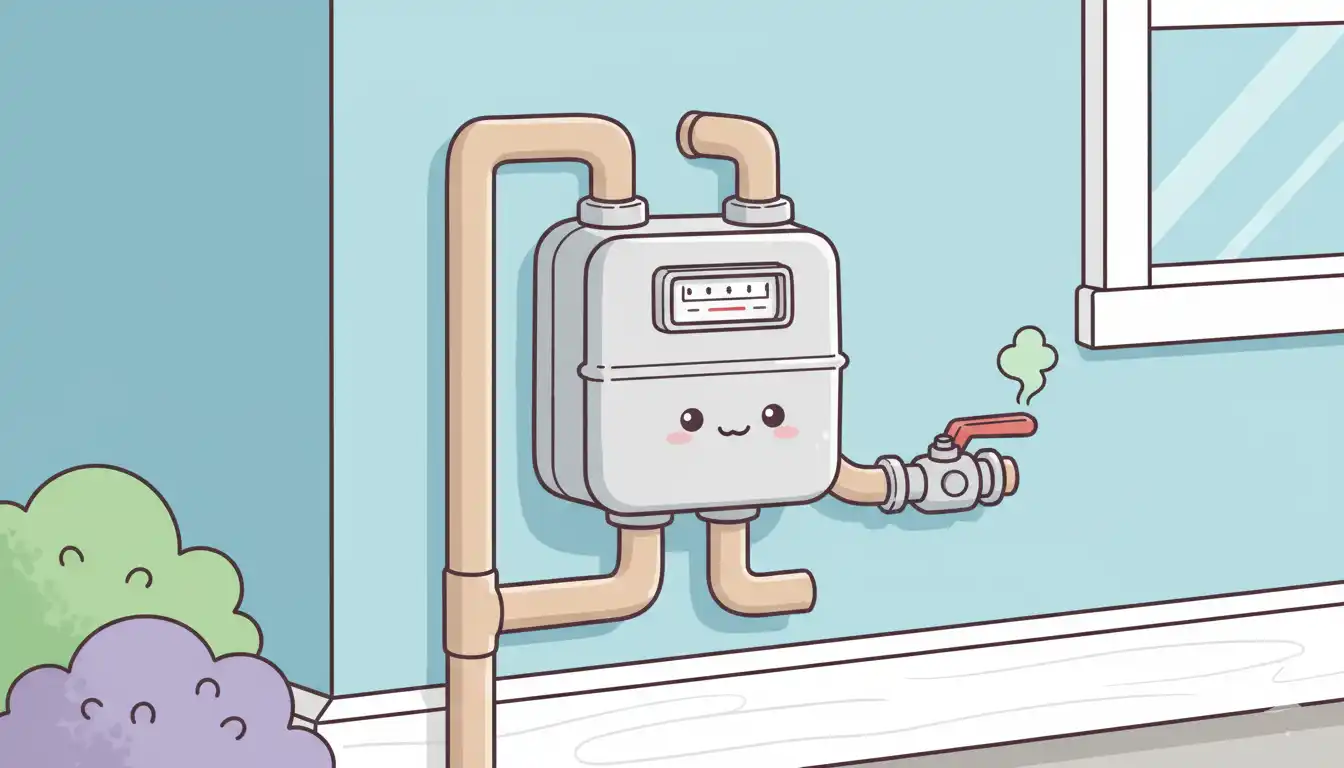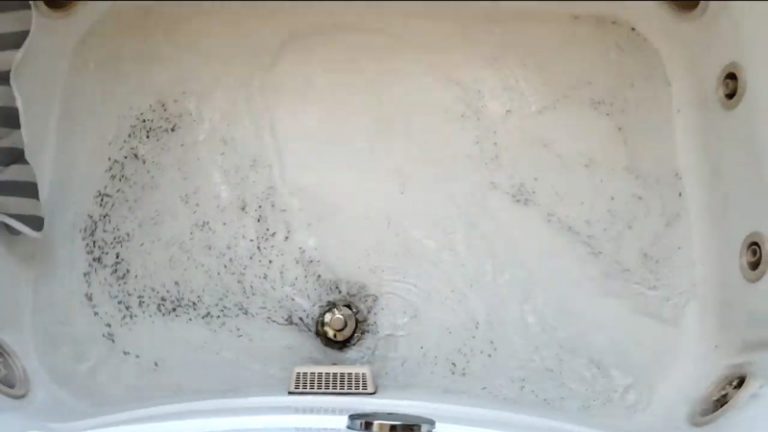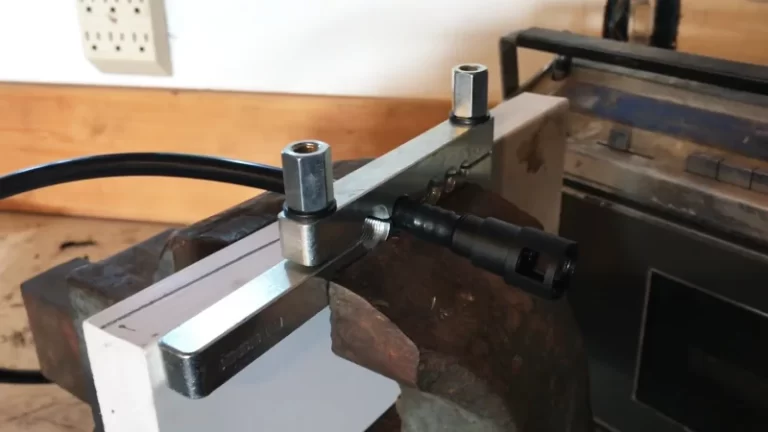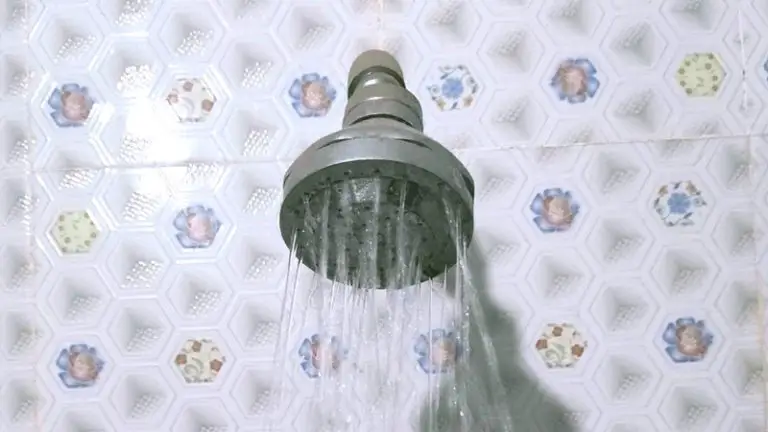Gas Leak at Meter: Who Pays? The Shocking Truth Revealed
There are few household emergencies as alarming as the faint, rotten-egg smell of natural gas. That odor triggers immediate thoughts of safety, evacuation, and calling for help. But once the immediate danger is addressed, a second, more practical question quickly follows: who is financially responsible for fixing a gas leak at the meter?
The answer, unfortunately, is not always as straightforward as homeowners might hope. Understanding who pays for the repair hinges entirely on the precise location of the leak within your gas delivery system. Getting this wrong can lead to surprise bills and unnecessary expenses during an already stressful time.
You'll Learn About
The First, Most Critical Step: Immediate Safety Actions
Before you even think about repair costs, your absolute first priority must be safety. Natural gas is highly flammable and can pose a severe risk if not handled correctly. If you suspect a gas leak, you must act immediately.
Do not use any electronics, flip any light switches, use your phone, or create any potential spark. Immediately evacuate everyone from the house and, from a safe distance (such as a neighbor’s home), call your gas utility’s 24/7 emergency number. Their sole focus will be to make the situation safe for everyone.
Understanding the Gas System: The Line of Responsibility
To figure out who pays, you need to understand the basic components of your gas system. It is fundamentally divided into two distinct zones: the utility company’s side and the property owner’s side. The gas meter serves as the critical dividing line between these two zones of responsibility.
Think of the gas meter as the official handover point. Everything leading up to and including the meter is generally the utility’s problem. Everything after the meter is yours.

The Utility Company’s Domain
The gas utility owns and is responsible for maintaining the entire infrastructure that delivers gas to your property. This includes the main gas line running under the street and the service line that branches off to connect to your home.
Crucially, this responsibility extends up to and includes the gas meter itself. If a leak is detected on the street side of the meter, within the meter’s internal components, or on the main service line, the utility company is responsible for all repair costs.
The Homeowner’s Responsibility: Your Side of the Meter
The moment the gas line exits the meter and heads toward your house, financial responsibility shifts to the homeowner. This piping is often referred to as the “house line” or the “customer’s fuel line.”
You are responsible for the maintenance and repair of all gas piping from the meter to your various appliances, including the furnace, water heater, stove, and fireplace. A leak discovered anywhere along this house line system is your financial burden to bear.
The Gray Area: When Does Responsibility Get Complicated?
While the meter is a clear dividing line, certain situations can complicate the question of who pays. These edge cases often catch homeowners by surprise and can lead to unexpected bills from either the utility company or a private contractor.
Damage Caused by the Homeowner or Contractor
One of the most significant exceptions to the utility’s responsibility is when the homeowner or their contractor causes damage to the utility’s equipment. If you accidentally hit the gas meter with a car, lawnmower, or other heavy equipment, you will likely be held liable for the cost of repairs.
This also applies to underground service lines. Excavating for a new fence, deck, or extensive landscaping without first locating utility lines is a major risk. If you damage the utility’s gas line, the repair bill will be sent to you. This underscores why it is so important to understand what is underground before digging, which is also a key consideration if you are wondering if you can plant trees in my backyard without interfering with utility infrastructure.
Meter Fittings and Connections
The most common point of confusion is the set of fittings and nuts connecting the house line to the gas meter. While the meter itself belongs to the utility, the fitting on the house-side of the meter is typically the homeowner’s responsibility. If this specific connection point is the source of the leak, you will need to hire a licensed plumber to make the repair.
Landlord vs. Tenant: Who Pays in a Rental Property?
In a rental situation, the responsibility for repairs almost always falls on the landlord. Landlords are legally obligated to provide a safe and habitable living environment, which includes ensuring that essential utilities like the gas system are properly maintained and free of hazards.
However, if a tenant’s negligence or direct action causes the gas leak—for example, by damaging a gas appliance or pipe—the tenant could be held liable for the repair costs. Tenants should report any suspected gas leak to their landlord and the gas utility immediately.
| Component/Situation | Typically Responsible Party | Common Scenarios |
|---|---|---|
| Main Gas Line (in street) | Gas Utility Company | Leak detected under the street. |
| Service Line (to meter) | Gas Utility Company | Underground leak in the yard before the meter. |
| Gas Meter | Gas Utility Company | Leak from the meter housing or internal parts. |
| House Line (from meter) | Homeowner / Landlord | Corroded or damaged pipes leading into the house. |
| Appliance Connections | Homeowner / Landlord | Leak at the connection to a furnace, stove, or water heater. |
| Homeowner-Caused Damage | Homeowner | Hitting the meter with a vehicle; damaging a line while digging. |
| Tenant-Caused Damage | Tenant | Damage to an appliance or interior gas pipe through negligence. |
The Repair Process: What to Expect When the Gas Company Arrives
When you call the utility’s emergency line, a technician will be dispatched immediately. Their primary goal is not to fix the problem but to make the area safe. They will use detection equipment to pinpoint the source of the leak.
The “Red Tag” or Lock-Out
If the technician confirms the leak is on your side of the meter (the house line), they will take immediate action to prevent a disaster. They will shut off the gas supply at the meter and apply a lock and a prominent warning notice, commonly known as a “red tag.”
A red tag means your gas service has been disconnected for safety reasons. The gas cannot and will not be restored until the necessary repairs have been made by a licensed professional and the system has passed a safety inspection.
Hiring a Professional for Repairs
With a red tag on your meter, the ball is now in your court. You must hire a licensed and qualified plumber or HVAC technician to locate and repair the leak in your system. This is not a DIY job; working with gas lines requires specific expertise and is heavily regulated.
Be sure to get written estimates and verify the professional’s license and insurance. While cost is a factor, safety and quality of work are paramount. In some cases, extensive work might be needed, which could include decisions about whether you need a permit to cap a gas line if a section is being decommissioned.
The Financial Impact: How Much Do Gas Leak Repairs Cost?
The cost to repair a gas leak on the homeowner’s side can vary dramatically, from a relatively minor expense to a significant financial burden. A simple fix, like tightening a loose fitting, might cost a few hundred dollars. However, more complex problems can quickly escalate.
Factors Influencing Repair Costs
The biggest factor influencing cost is the location and accessibility of the leak. A leak in an exposed pipe in a basement is far easier and cheaper to fix than one located behind a finished wall or under a concrete slab, which requires demolition and restoration.
Other factors include the plumber’s hourly rate, the cost of materials, and whether your municipality requires a permit and subsequent inspection for the repair work. Major repairs, like replacing a significant section of buried gas line, can run into thousands of dollars.
Will Homeowners Insurance Cover It?
This is a critical question with a complex answer. Standard homeowners insurance policies typically cover damage that is sudden and accidental. For example, if a falling tree damages your gas line, the repair might be covered.
However, insurance almost never covers issues stemming from normal wear and tear, corrosion, or lack of maintenance. A slow leak from an old, rusted pipe is considered a maintenance issue and will likely be denied. Always review your policy and speak with your insurance agent to understand your specific coverage.
Restoring Your Gas Service After Repairs
Once your chosen professional has completed the repairs, the job isn’t quite finished. To get the red tag removed and your service restored, the repair must be verified.
The plumber will typically perform a pressure test on your entire house line system to ensure there are no other leaks. After the system passes this test, they will coordinate with the local building inspector (if required) and then notify the gas utility that the repairs have been completed. The utility company will then schedule a technician to return, remove the lock, and safely restore your gas service. For a detailed look at this final step, understanding how to turn gas back on after disconnection can provide valuable insight into the safety procedures involved.
Preventative Measures: How to Avoid Future Gas Leaks
While some leaks are unavoidable, proactive maintenance can significantly reduce your risk. Regular inspections and awareness are key to preventing a dangerous and costly situation.
Regular Inspections
Especially in older homes, it is wise to have your gas lines and appliance connections periodically inspected by a qualified professional. They can spot signs of corrosion or stress on fittings before they become active leaks.
Appliance Maintenance
Ensure your gas-burning appliances, such as your furnace and water heater, are serviced annually by an HVAC technician. This not only promotes safe operation but also includes checking the gas connections for integrity.
Know Your Surroundings
Be aware of the location of your gas meter and the path of your underground house line. Protect the meter from physical damage by keeping the area clear of debris, overgrown vegetation, and piled-up snow.
Conclusion: Safety First, Clarity Second
A gas leak is a high-stakes problem where your first actions must always prioritize safety. Evacuate the premises and call your utility’s emergency line from a safe location before you worry about anything else.
Once the situation is secure, the question of who pays comes down to that clear line of demarcation: the gas meter. The utility is responsible for the system leading up to and including the meter, while the homeowner is responsible for everything after it. By understanding this division of responsibility, taking preventative measures, and knowing the proper steps to take, you can navigate this stressful event safely and with financial clarity.



